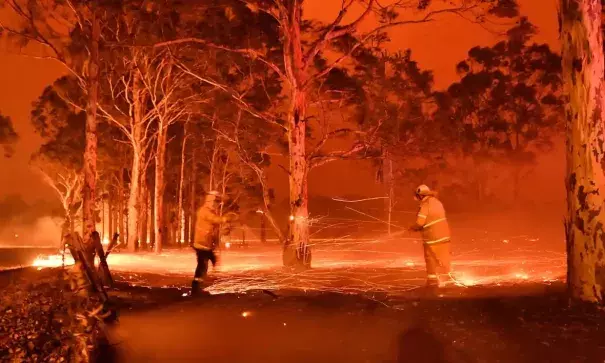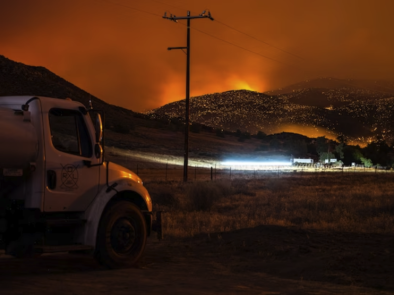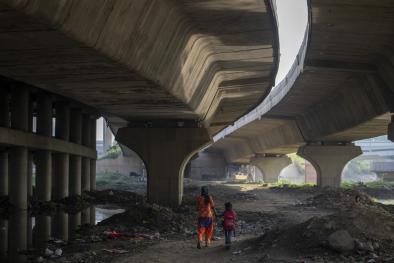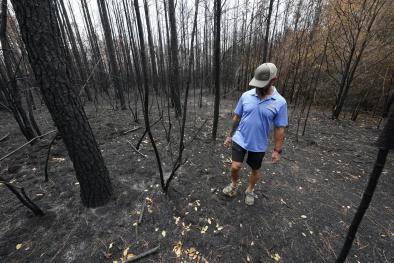Australian Bushfires' Depletion Portends 'Race' Against Ozone Layer Recovery

Smoke from Australia's 2019-'20 bushfires measurably depleted the ozone layer, a study published in Nature finds. Chlorine molecules injected into the stratospheric ozone layer (roughly 9-18 miles above Earth's surface) temporarily reduced the ozone layer by about 3% to 5%. The ozone layer protects life on the Earth's surface from harmful solar radiation and as climate change makes extreme wildfires more frequent, scientists worry their ozone-depleting effects could overtake the slow (1% per year) recovery of the ozone layer enabled by international agreements to phase out chlorofluorocarbons or CFCs. Climate change increased the risk of the hot dry conditions that fueled the fires — which incinerated a total of 48 million acres (about the size of South Dakota) and created pyrocumulonimbus clouds triple the size of anything previously recorded — by at least 30%. The ozone layer will "recover if that’s the only year that it happens, but not if it keeps happening," Lead researcher and MIT atmospheric scientist Susan Solomon told The Guardian. “The question in my mind is: is the man-made chlorine going to get … diluted and destroyed out of the atmosphere faster than global climate change is going to increase the frequency and intensity of this kind of fire? I think it’s going to be a race.” (The Guardian, Axios, Australian Associated Press, The Conversation, New Scientist, AFP)
(Climate Signals background: 2019-2020 Australia bushfire season)
To receive climate stories like this in your inbox daily click here to sign up for the Hot News Newsletter from Climate Nexus:
Related Content






